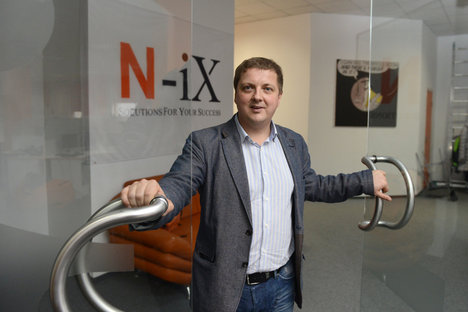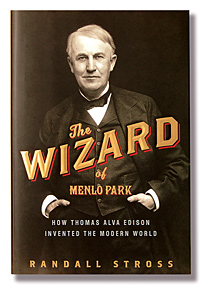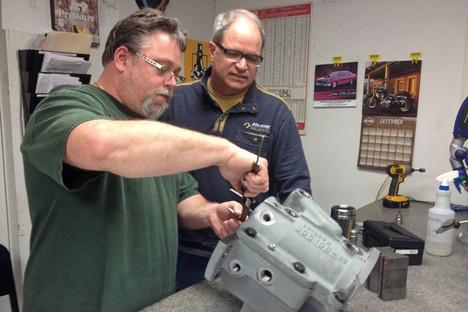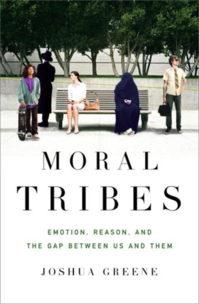 “Yaroslav Rushchyshyn, a garment manufacturer, wants to end penalties when his company reports a financial loss.” Source of caption and photo: online version of the NYT article quoted and cited below.
“Yaroslav Rushchyshyn, a garment manufacturer, wants to end penalties when his company reports a financial loss.” Source of caption and photo: online version of the NYT article quoted and cited below.
(p. B1) LVIV, Ukraine — Every kind of business in this restless pro-European stronghold near the border with Poland has an idea about how to make Ukraine like its more prosperous neighbor.
For Yaroslav Rushchyshyn, founder of a garment manufacturer, it is abolishing bizarre regulations that have had inspectors threatening fines for his handling of fabric remnants and for reporting financial losses.
For Andrew Pavliv, who runs a technology company, it is modernizing a rigid education system to help nurture entrepreneurs.
For Natalia Smutok, an executive at a company that makes color charts for paint and cosmetics, it meant starting an antibribery campaign, even though she is 36 weeks pregnant.
. . .
(p. B10) Victor Halchynsky, a former journalist who is now a spokesman for the Ukrainian unit of a Polish bank, said the divergence of the two countries was a source of frustration.
“It’s painful because we know it’s only happened because of policy,” he said, adding that while both countries had started the reform process, Poland “finished it.”
Ukraine has been held back by a number of policies. Steep energy subsidies have kept consumption high and left the country dependent on Russian gas, draining state coffers. Mr. Pavliv said the state university system, which he called “pure, pure Soviet,” was too inflexible to set up a training program for project managers, or to allow executives without specific certifications to teach courses. An agriculture industry once a Soviet breadbasket has been hurt by antiquated rules, including restrictions on land sales. Aggressive tax police have been used to shake down businesses.
For the full story, see:
DANNY HAKIM. “A Blueprint for Ukraine.” The New York Times (Fri., MARCH 14, 2014): B1 & B10.
(Note: ellipsis added.)
(Note: the online version of the story has the date MARCH 13, 2014.)
 “Andrew Pavliv, who runs a technology company, wants to help turn Lviv into a little Ukrainian Silicon Valley.” Source of caption and photo: online version of the NYT article quoted and cited above.
“Andrew Pavliv, who runs a technology company, wants to help turn Lviv into a little Ukrainian Silicon Valley.” Source of caption and photo: online version of the NYT article quoted and cited above.






